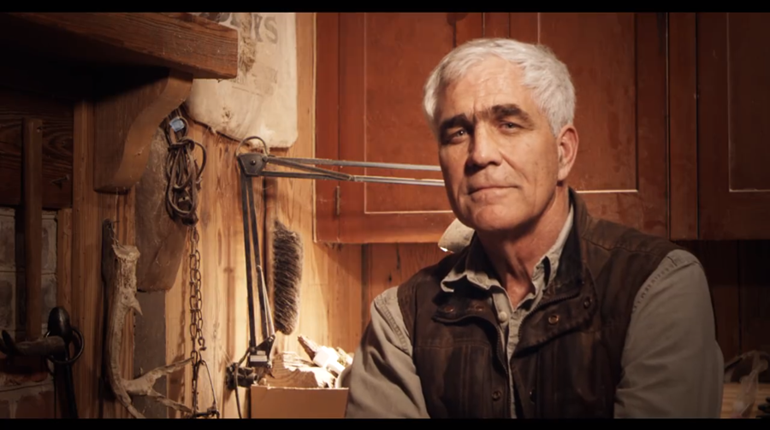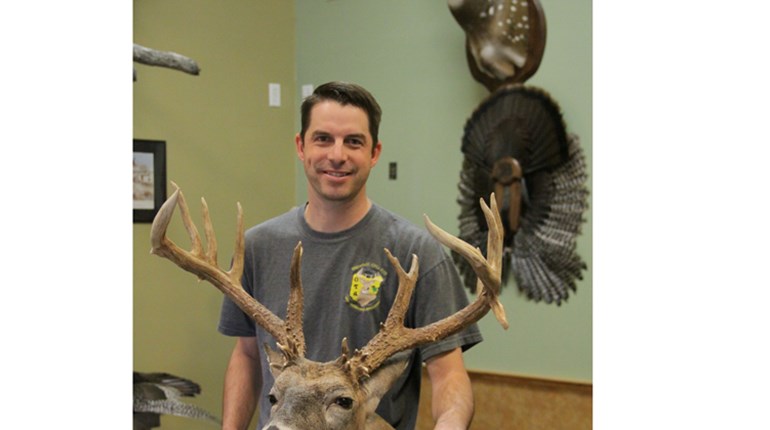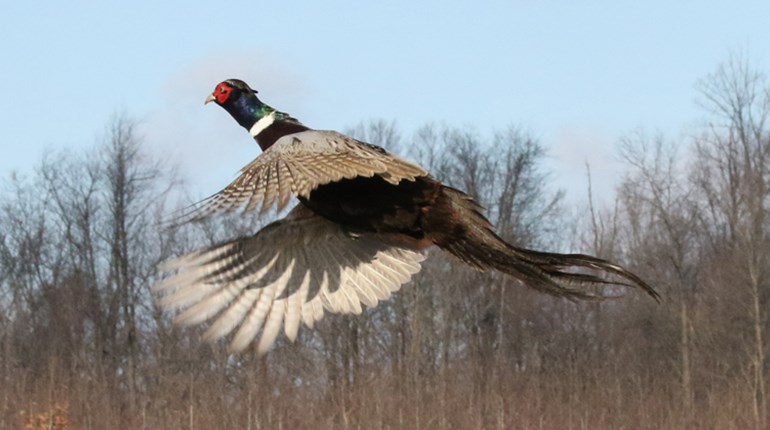
Grainger McKoy still remembers how his mother held him up by his belt and offered words of encouragement as he sawed off a piece of their log cabin home. “I wanted to carve a bird,” he recalls, “and I told her I needed some dry wood.”
McKoy was 13 at the time and had always loved drawing and sketching. But that year, his grandmother had given him an antique decoy for his birthday, which he kept on the dresser in his bedroom. It called to him somehow, made him want to carve something for himself.
The result was a small bird that “looks like a shorebird,” says McKoy. It would be his first carving and the beginning of a lifelong passion, not to mention a very cool job. “I liked three dimensions,” says the sculptor. “I liked the third dimension that drawing didn’t satisfy.” And almost 50 years later, he still does.
In The Beginning
So how did Grainger McKoy go from being a boy with a carving knife to a renowned American sculptor? In those early years, he read everything about carving he could get his hands on. His interest was in birds, so that’s what he carved. By the time he was an upperclassman in high school, someone showed one of his carvings
to Gilbert Maggioni, who operated an oyster cannery in Beaufort, S.C., and, more importantly to McKoy, was a talented carver of shorebirds.
Maggioni immediately saw McKoy’s potential and became a mentor to the young man. By the time McKoy finished college, with a degree in zoology, Maggioni was ready with a proposal. “Grainger,” he asked, “why don’t you try carving as a career?”
“I’d never thought of it,” says McKoy. But Maggioni was persuasive, and McKoy decided to take the apprenticeship he was offered, an arrangement that would last for 18 months and cement a friendship that would span a lifetime.
When McKoy was just 26, he and Maggioni showed their work at the American Museum of Natural History in New York. The art world went wild, and McKoy was launched on the road to success. Today many of his works are in private collections. Others can be found at the Brookgreen Sculpture Gardens near Pawley’s Island, S.C., at the Sanderling Inn in Duck, N.C., at Clemson University in Columbia, S.C., at the Hollins Cancer Center in Charleston, S.C., and elsewhere.

Is there such a thing as a typical day in the life of a sculptor? Maybe not, but a look at a day in the life of Grainger McKoy will give you a pretty good idea of what to expect should you choose this type of work.
On a recent morning in October, McKoy was working on three different projects, all of which were to be completed before the end of the year. Sculpting, you see, is not an overnight process. In fact, McKoy’s biggest project that day, a 12-foot duck wing representing the recovery stroke of flight, will take between 18 months and 2 years to complete.
The wing was first modeled in wood, in a miniature version. Now McKoy was working on the full-size model. Each wing feather—and there are a lot of them—must be carved individually for later attachment to the wing itself. Once completed, each piece will be molded and cast in resin. Only then will stainless steel be used to coat the outside of the sculpture and produce the finished wing. No wonder it takes so long!
Then there were the other projects. McKoy was painting several small bronzes and working on his line of jewelry and silver pieces: a Carolina Wren pin, feather earrings, a baby cup and spoon with feather handles. “Jewelry,” says McKoy, “is also three-dimensional. It’s just smaller sculpture.”
Details, Details
A stickler for details, McKoy only carves birds he has seen and is familiar with. “I’ve never carved a loon,” says the sculptor, “because I’m not in loon country.”
Fortunately, tiny Sumter, S.C., which is McKoy’s home ground, provides plenty of birds to study. “And,” he says, “we’re not far from the coast, either.”
The avid hunter also keeps a variety of bird carcasses in the freezer of his workroom as references. He pulls them out periodically to check for accuracy in the look of his carvings and in the measurements. “I have to go back to the truth all the time,” he says.
Now that’s dedication and passion! If you share those qualities, maybe becoming a wildlife sculptor is a cool career choice for you.
To read more about Grainger McKoy, check out his website: http://www.graingermckoy.com.






































